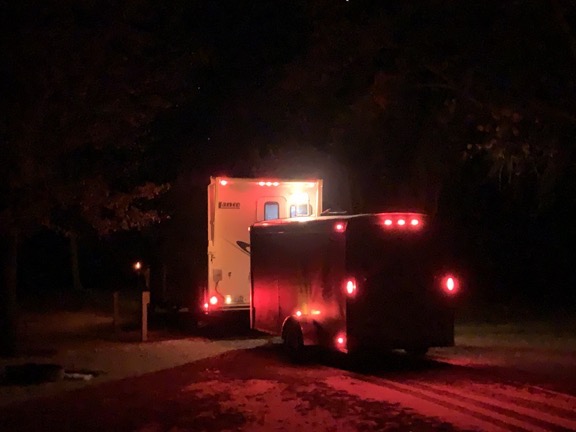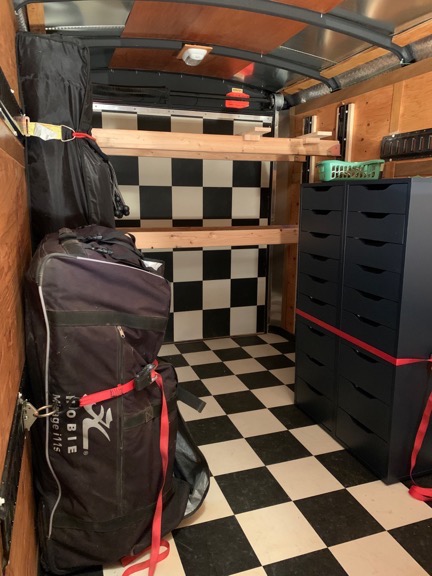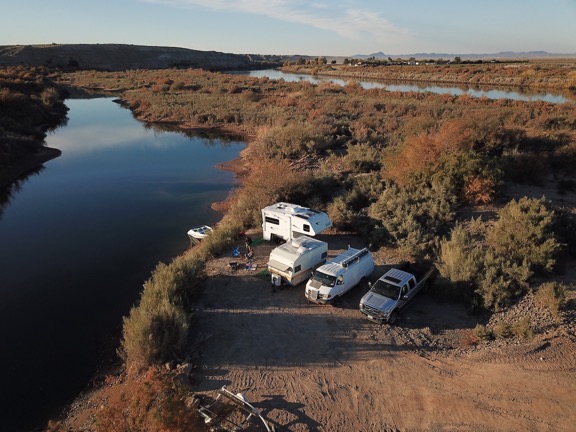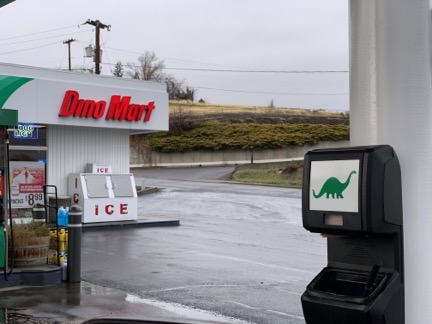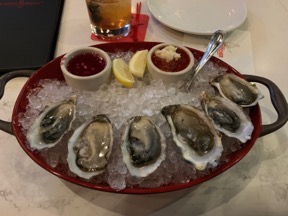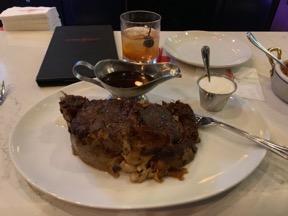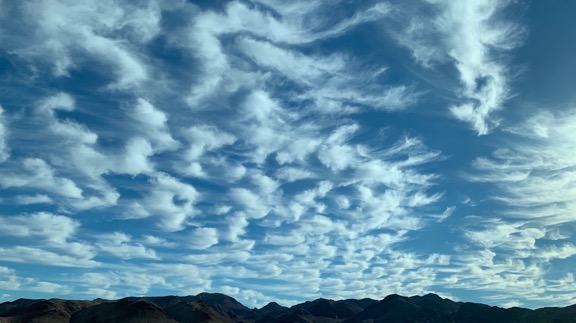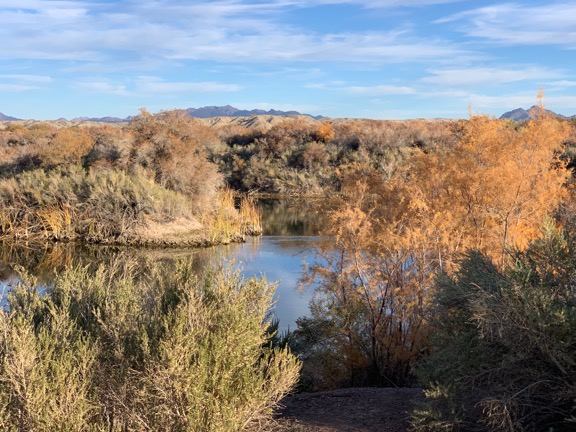Another trip down an all-too-familiar route.
On Tuesday, I plan to start by drive to — of all places — Wickenburg, AZ. It’s a drive I’ve taken many times. After all, I started spending my summers up here in Washington in 2008, the year I got my first cherry drying gig. Back in those days, I’d make two drives north in the spring — one in my helicopter and a second in a truck pulling a trailer to live in. Then, at the end of the season, I’d make two drives home to get everything back to my Wickenburg hangar.
The Preferred Route
During those years, I tried all kinds of routes north or south and I discovered the one truth about the drive: the shortest route involves route 93 between Wickenburg and Twin Falls, ID and I-84 between Twin Falls and the Tri-Cities area of Washington. Ask Google Maps — it’ll tell you. And even if you don’t believe it, I can confirm in. I’ve driven just about every other possible route.

Google Maps knows the fastest routes. This map even shows the route 6 shortcut.
I-84 is a freeway that goes from Portland to Salt Lake City, leaving the relatively flat land of eastern Washington to climb the Green Mountains east of Pendleton, OR (of blanket fame) before descending southeast bound into the Boise, ID area and crossing rolling prairie land. The terrain climbs and descends again and again as I head south on the two-lane route 93 from Twin Falls, which I mostly stick to, taking advantage of a shortcut on route 6 between Ely and Crystal Springs, NV.
Route 93 is one of those remote roads that frighten city people. Towns aren’t much more than a handful of homes — if that. Gas stations are few and far between. If you miss a fuel stop you could be in serious trouble, waiting hours for the AAA guy to bring you five gallons. I’ve never run out of fuel on this route, but I’ve had more than a few close calls. If diesel wasn’t so damn stinky, I’d bring along a spare 5 gallons just in case.
Once I get to I-15, I’m back on the freeway and in very familiar area just outside of Las Vegas. Then, near Boulder City, NV, I leave freeways behind again for the long drive down route 93 to Kingman, a short stint on I-40, and more route 93 all the way down to Wickenburg. It’s 1,280 miles and should take about 20 hours with fuel stops if I stick to the speed limit — which I do when I’m towing these days. I used to be able to do it all in two days, with Jackpot, NV on Idaho’s border as my preferred overnight stop. That’s where I’d sleep in my RV in the truck parking lot outside of Cactus Pete’s casino. When the trip north stretched to three days due to weather or a late start or, in one case, illness, I’d try other overnight stops including a lakeside campsite at Pahranagat National Wildlife Refuge just south of Alamo, NV; a casino parking lot in West Wendover, NV; a campsite at Farewell Bend State Recreation area near Huntington, OR; or a state park campground somewhere in the Green Mountains. I’m not opposed to overnighting in a Walmart parking lot, but I’d prefer not to.
The Challenge of Driving When Days are Short
Driving south in late autumn is a whole different story. I can’t do it in two days mostly because I prefer not to travel in the dark. That means it’s always three days and I need two stops along the way. So not only do I have to plan my route around the weather, but I should have a damn good idea of where I’m going to stop along the way to make cold weather camping bearable.
And that’s the challenge. My truck camper is not winterized and I don’t want its pipes to freeze. I also don’t want to worry about running out of battery power at night when the heater would likely run nonstop to keep the poorly insulated camper warm enough for me to sleep. The answer is to find a campground with a power hookup that’s right on my route, close enough to reach before it gets dark.
I found such a place last year: the tiny Three Island Crossing State Park in Glenns Ferry, ID. Although the water is turned off in this campground and the bathrooms are closed and locked, the power is still turned on and available. I can pull into a campsite, plug in, and use my quiet electric heater to keep the camper warm all night. I get the added benefit of being able to use my microwave to heat up some dinner and my electric coffee maker to make coffee in the morning. The forecast says Tuesday night’s low will be 25°F so I really will appreciate that electric hookup.
Three Island Crossing is 491 miles from Malaga and will take about 8 hours to get to with one fuel stop along the way. That means that if I leave here at 7 AM sharp, I’ll get there by 4 PM local time. Sunset there will be around 5 PM. I arrived after dark last year and left in the morning before sunrise so I never got a chance to actually see the place. It would be nice to see it this year. I plan on hitting the road long before the 8 AM sunrise the next morning.
The Las Vegas Stop
My next stop is a no-brainer of sorts: Las Vegas, NV. If you think it’s weird camping in Las Vegas, you’re right. It is.
I stay at the KOA at Sam’s Town. In general, I dislike KOAs — they’re glorified parking lots. But this isn’t a camping trip. It’s an overnight stop before I’ll be spending weeks off the grid. I found the KOA years ago and have been staying there every trip south since. I get a full hookup site, plug in, and get a good night’s sleep. In the morning, I use the clean, warm, completely underutilized shower facilities to get a good, long, hot shower. Then I top off my water tanks and dump my black and gray water. If I need propane, I buy it there and the attendant helps me load it back into the compartment where the tanks go. There’s Sam’s Town next door if I want a good dinner or breakfast that I don’t have to cook. There’s a Walmart across the street if I want to stock up on anything I might have trouble finding in the weeks to come. And if I get there early enough, I can take a free shuttle or an Uber out to the strip to see what’s changed since my last visit. I admit that the chances of that happening are minimal; the 555 mile drive will take about 9 hours with fuel stops and I’ll likely be exhausted after two full days on the road.

This screenshot from an email confirmation is what prompted this blog post. I love the way KOA refers to a campground in Las Vegas as “the great outdoors.” 🙄
This particular stop — especially this year — will be my most expensive overnight stop this year, coming in at just about $55 for the night. Ouch. The reason it’s so costly: it’s not just my truck camper this year. I’ll be pulling my cargo trailer, which makes my rig a lot longer than it normally would be and really encourages me to find a pull-through spot. (Backing a trailer is hard enough when you can see it but it’s nearly impossible when a truck camper hides it from view.) Because most of the folks who stay at that KOA are driving big rigs — hence the underutilized shower facilities — all of the smaller pull-throughs are taken. The only one available was a 72-foot long spot. I shouldn’t have any trouble fitting my roughly 40-foot total length rig into it, but it’ll cost me. Big spots cost big money.
The high cost also encourages me to stay just one night when I might have stayed two. I haven’t really enjoyed a trip to Vegas in a while. I suppose I’ll have to wait for the next time HeliExpo comes to town.
The Home Stretch
The rest of the drive is very familiar. As I write this, I’m planning a stop in Wickenburg where I might be participating in a holiday art show. It’s still unclear on whether they have room for me; I applied late (as usual). If I’m in, I go to Wickenburg. If I’m not in, I might go straight down to our usual camping area on the Colorado River. That means taking route 95 south from Vegas, all the way into California at I-10 or possibly crossing the river at I-40 and heading south from Lake Havasu. I’ve gone both ways and they both work.
Either way, it’s a short travel day with less than 300 miles to cover so I’ll definitely get to my destination.
And by that time, I should be back in t-shirt weather with very few worries about keeping my camper from freezing overnight.
That’s the plan. Stay tuned to see if I stick to it.
